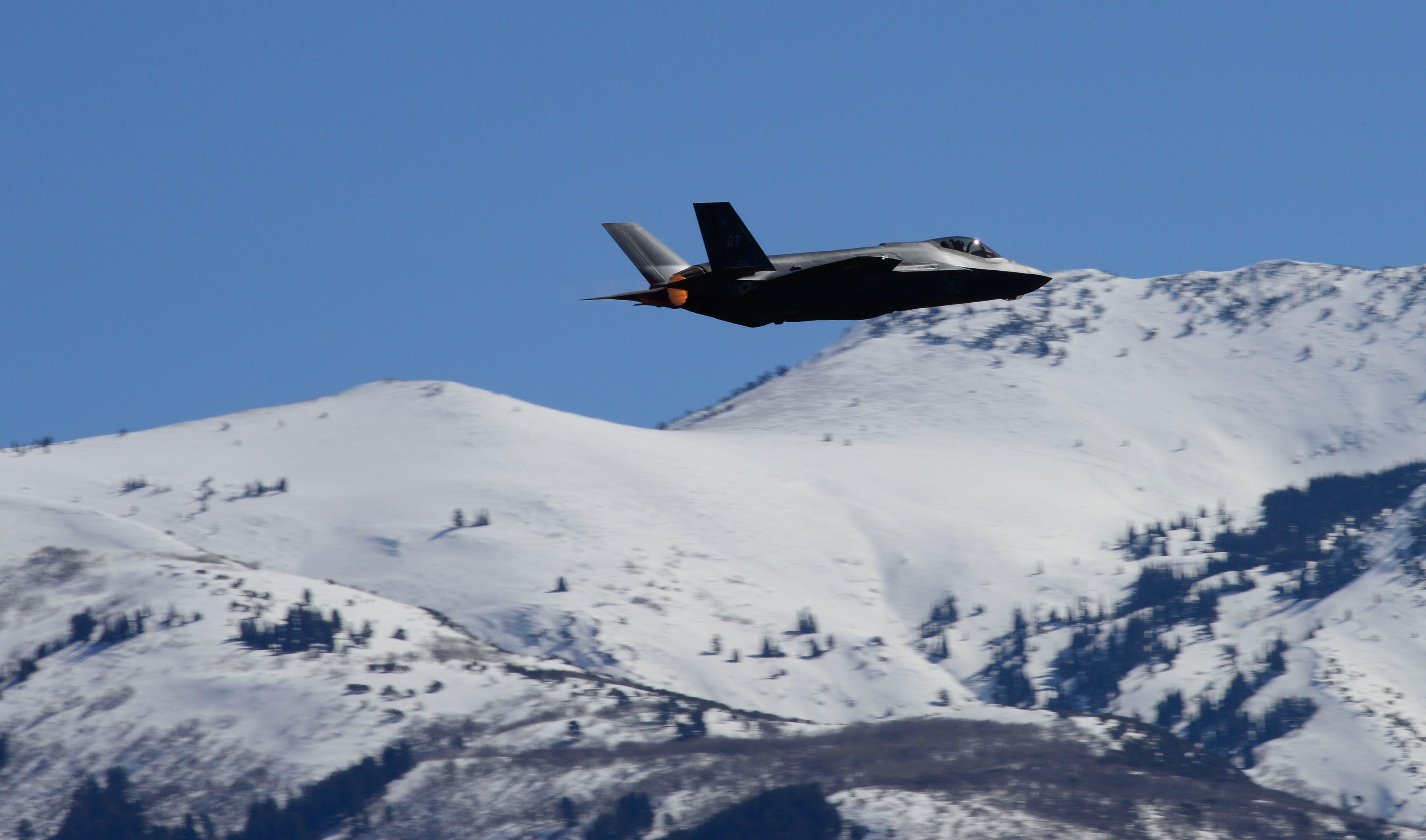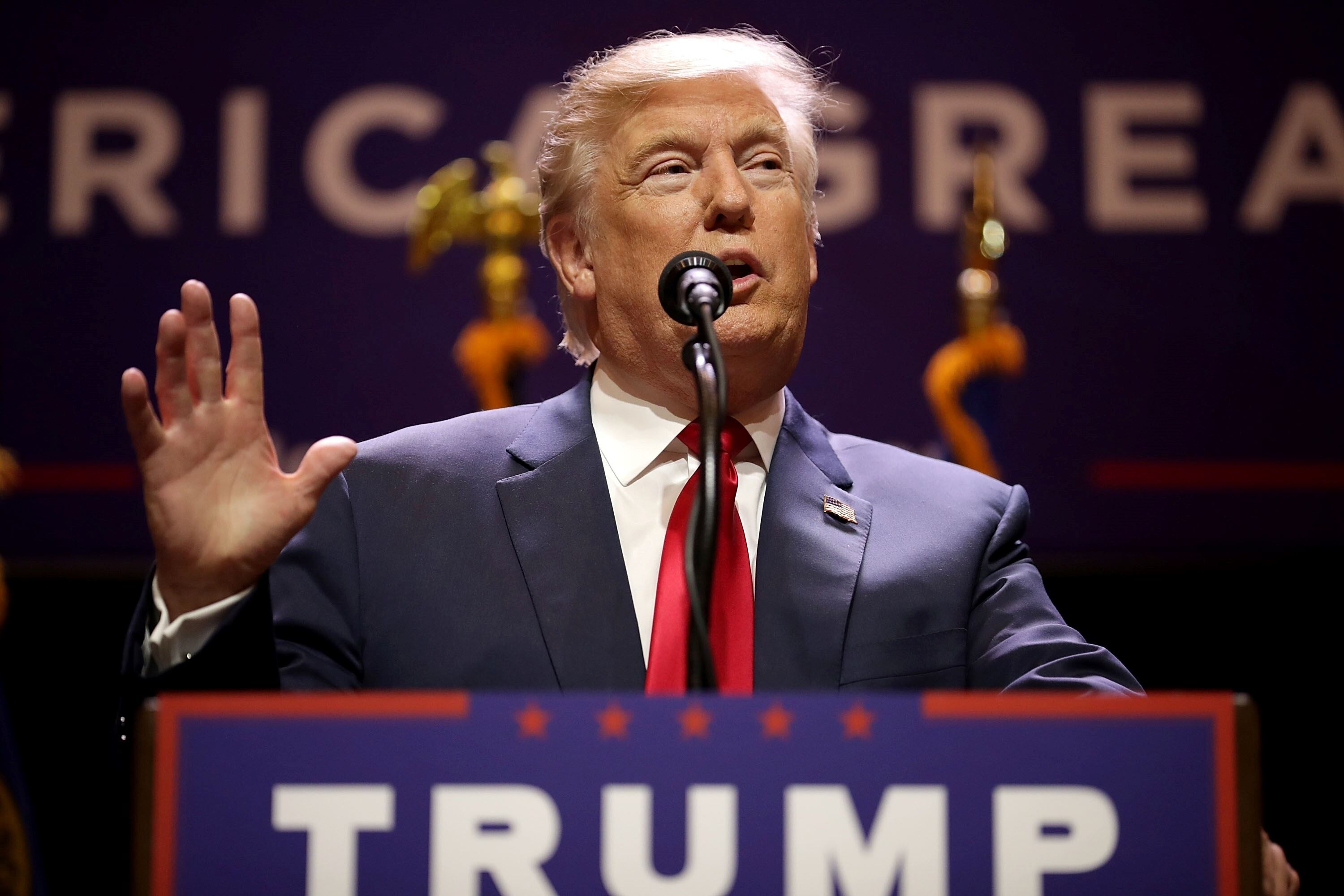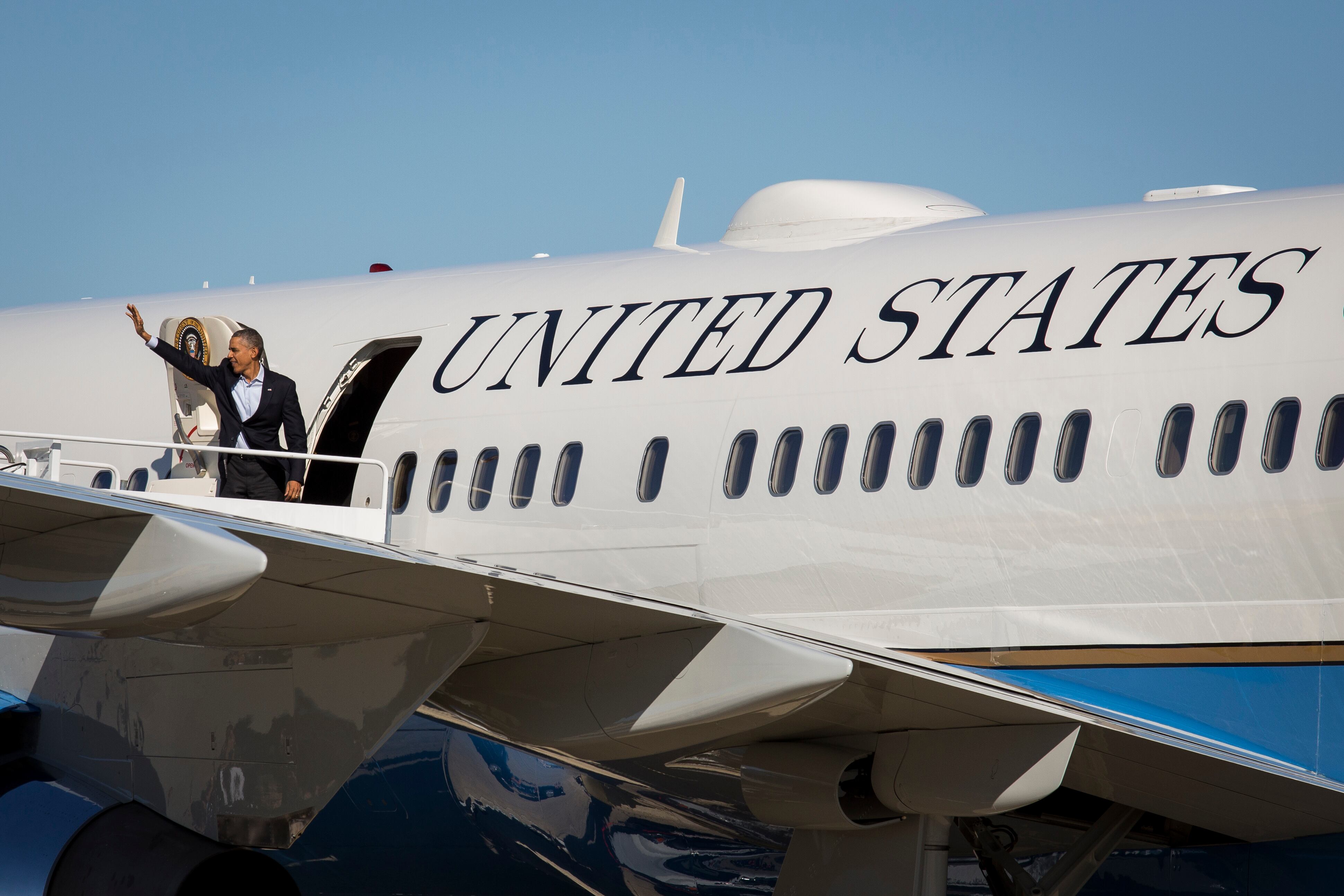JOINT BASE ANDREWS, Md. — President Donald Trump hasn’t always been the F-35’s biggest fan, but in a Sept. 15 speech commemorating the Air Force’s 70th birthday, he struck a more reverential tone.
“Now, when our enemies hear our F-35 engines, when they’re roaring overhead, their souls will tremble and they will know the day of reckoning has arrived,” he told a crowd of about 800 service members at Joint Base Andrews. “That is the way it’s been since 1947, when the Air Force was born.”
Trump, a casual aviation fan who has been known to tweet about his private planes or love of Boeing stock, hasn’t always been enthusiastic about current military aircraft programs — including the F-35, which was displayed on stage with him alongside the F-22 Raptor and B-2 stealth bomber.
The president has slammed the cost of the F-35 program, and he got personally involved with negotiations for the tenth batch of aircraft — even phoning the three-star general in charge of the program in February to learn more about the aircraft’s capabilities. After a deal was announced, he claimed to be responsible for the resulting 7.5 percent drop in cost between the ninth and tenth lots.
RELATED

At times, Trump has also positioned Boeing’s F/A-18E/F Super Hornet as a direct competitor to the F-35, telling reporters in February that unless prices continued to come down, he would cut the F-35 program of record and buy more Super Hornets instead.
But on Friday, he had nothing but compliments for the F-35, perhaps signaling that his days of criticizing the program are now behind him.
RELATED

“From the earliest wooden biplanes to the high-tech UAVs [unmanned aerial vehicles] to the awesome power and stunning beauty of the F-35, the B-2, the F-22. And I saw a lot of them today: the F-15, F-16, F-18. I don’t know which one I like the most, but our aviators have given America total dominance of the air and space, no matter where we fly,” he said.
After arriving on base for the Andrews Air Show, the president spoke privately to combat aviators, including pilots of the A-10, F-16, F-15, F-22, F-35 and B-2 as well as the Navy’s Super Hornet. In his speech, he continued to play to that audience, at one point complimenting the rebellious, cocky “fighter pilot attitude.”
“I just met a lot of these folks. They‘re better looking than Tom Cruise, and we know they can fight better and we know they can fly better,” he said, alluding to Tom Cruise’s character Maverick, a naval aviator from the movie “Top Gun.“
Trump also promised to increase military spending, getting big applause when he asked Congress to get rid of the defense budget caps.
“Congress took an important step this year by heeding my call for a $20 billion increase in defense spending, and we’re going to do even much more than that,” he said.
“I will tell you the new equipment we are ordering by the billions, by the absolute billions and billions. It’s equipment like you’ve never even thought of before. There is nobody in the world that will have anything even close to us and what we’re doing.”
Surprisingly, he had nothing to say about another program he has had harsh words for in the past: the presidential aircraft recapitalization, better known as the Air Force One replacement.
Last December, he claimed the program’s costs would amount to more than $4 billion — too much, in Trump’s estimation. “Cancel order!” he tweeted.
RELATED

Since then the White House and Air Force have reevaluated requirements on the program, and although the Air Force has reportedly turned down major changes that would impact Air Force One’s survivability, it has agreed to eliminate the aerial refueling requirement.
The service also bought the two Boeing 747-8s that will be converted to new Air Force Ones at a discount, as the planes were originally built for Russian airline Transaero but never delivered after the company went bankrupt.
Valerie Insinna is Defense News' air warfare reporter. She previously worked the Navy/congressional beats for Defense Daily, which followed almost three years as a staff writer for National Defense Magazine. Prior to that, she worked as an editorial assistant for the Tokyo Shimbun’s Washington bureau.








